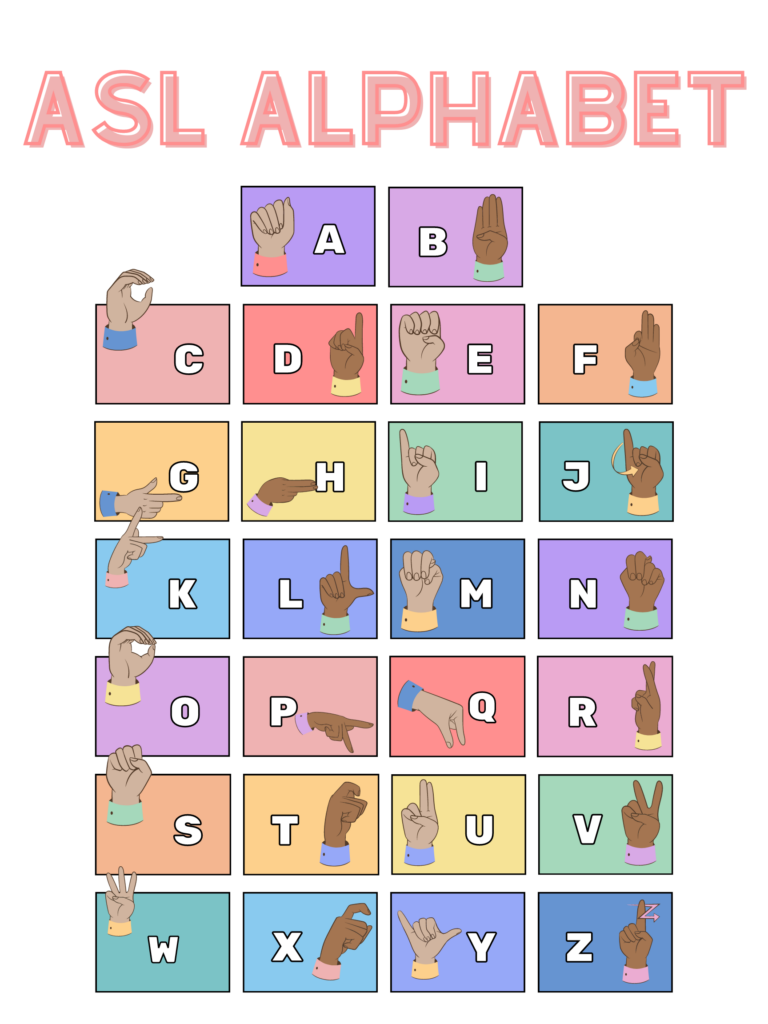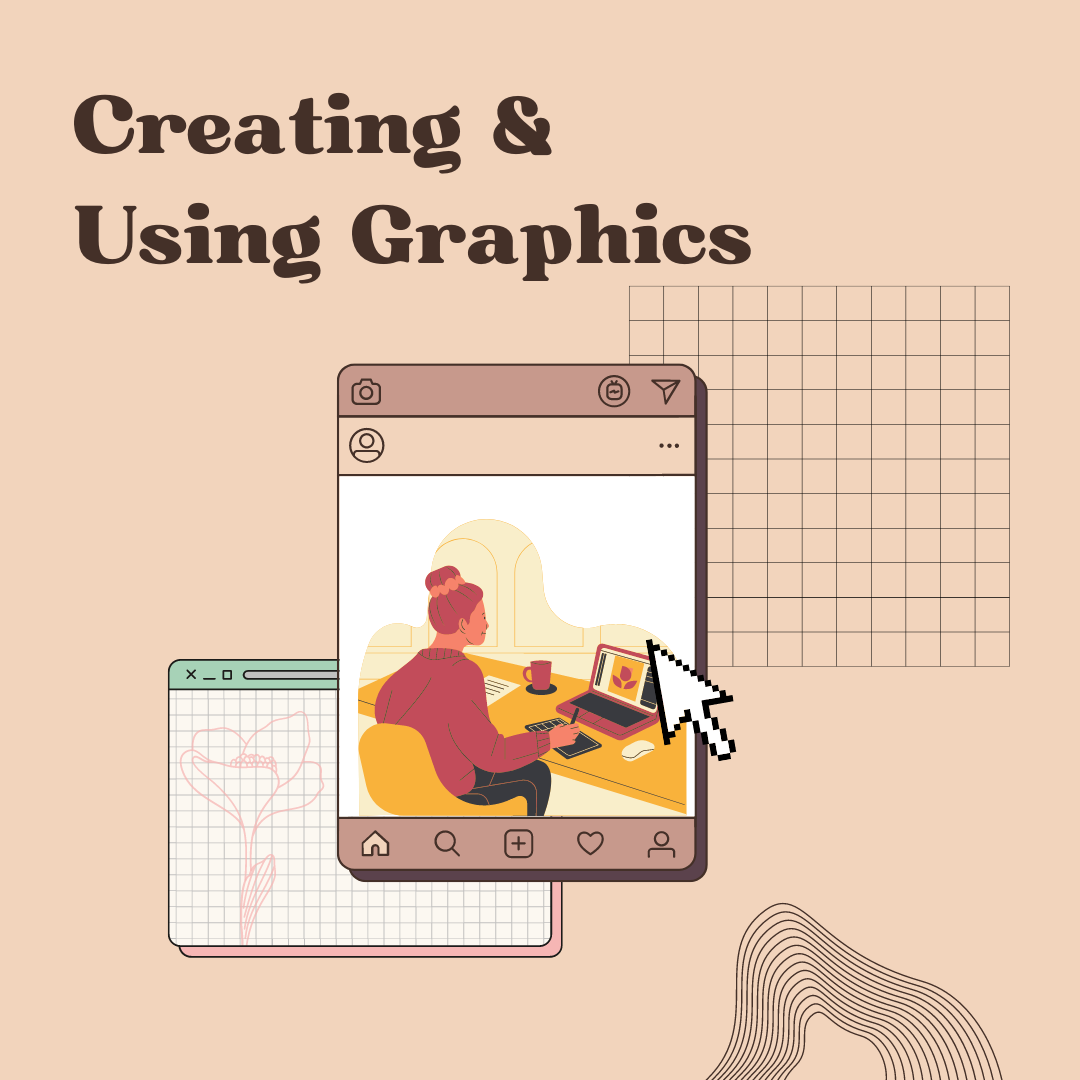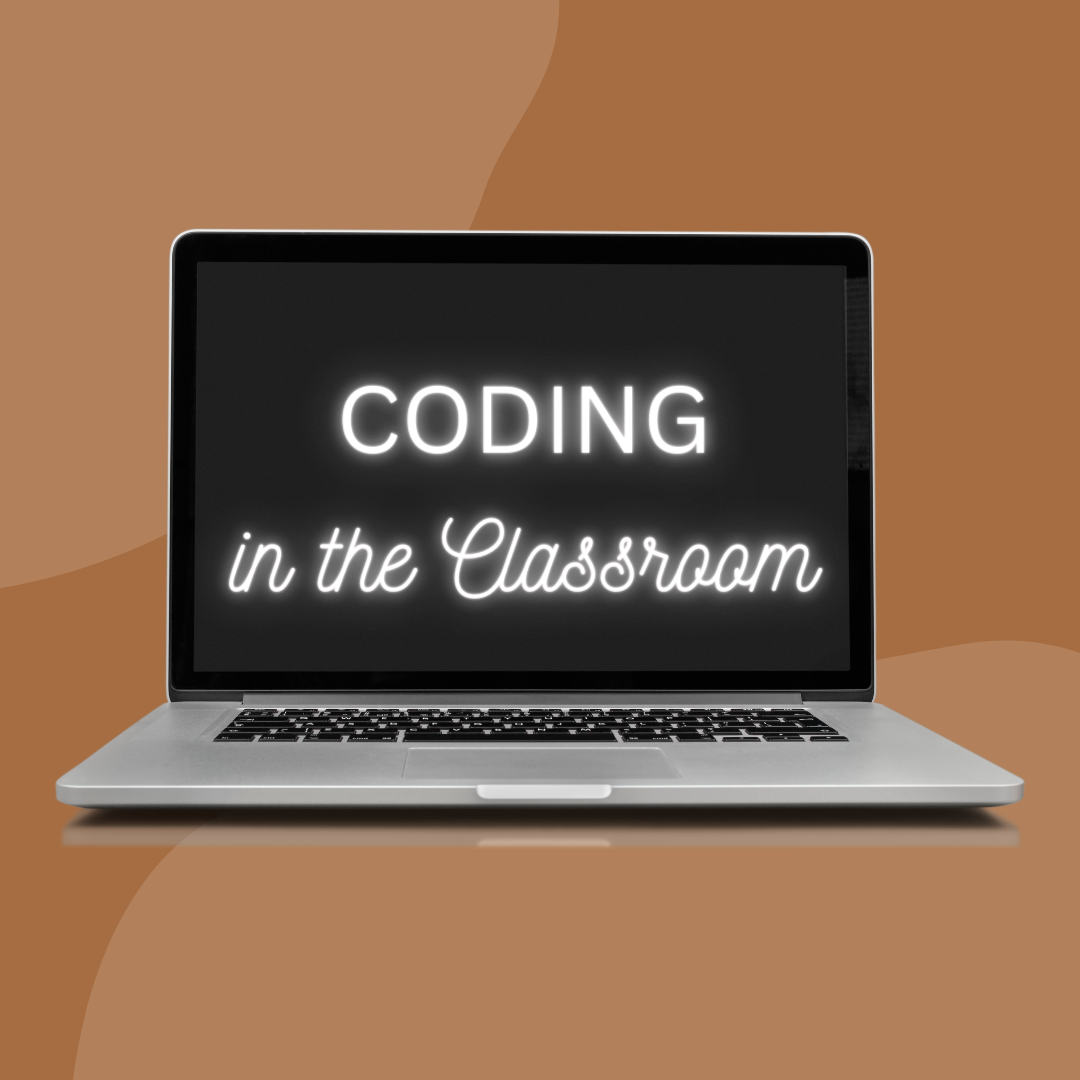A Slight Adjustment… ASL for Elementary Students

Heading into my sixth week of studying the basics of American Sign Language, I’ve developed a new idea that I just can’t seem to shake. After exploring different ways teachers use ASL in the classroom last week, I’ve been contemplating how I can prepare myself to actually implement these ideas in my future classroom. I didn’t want to entirely abandon my initial inquiry project; I have already gained a lot of valuable information and I still have a long way to go. Unfortunately for my initial research topic, I have a difficult time dismissing new ideas, especially when I can see potential value in them.

Starting this week, my blog posts are going to look a little bit different. Instead of documenting a general study on American Sign Language, my weekly blog posts will feature an aspect of ASL and some ideas on how I might implement that in my future classroom. Making this small alteration to the way I am continuing my research will provide me with new ideas, new knowledge, as well as help me grow as an educator. My goal is to not only continue learning how to speak this valuable language, but to also create a resource that myself and other future-teachers can refer to.

I wanted to start this series with one of the first concepts all elementary students learn in school; the alphabet. I touched briefly on this topic in my last post, but I want to give it the attention it deserves. Introducing the alphabet to elementary students using both spoken word and ASL is something teachers can do pretty easily. The effort-to-reward ratio here seems pretty favourable. Providing students with a physical representation of each letter (which most of the time resembles the written appearance of the letter) will open up more opportunities for students to process and remember the different letters of the alphabet. Here’s how I would do it…

What comes to mind when you think about learning the alphabet? For most people, including myself, the letters of the alphabet were learned through a song. This is already a really great teaching strategy, and there are generations of learners that can attest to this. As teachers, (and adults in general) when we are singing songs to and with children, we often use our hands to represent meaning in songs. The “Itsy, Bitsy Spider”, “The Wheels on the Bus”, “Head, Shoulders, Knees, and Toes” are all solid examples of songs we sing to children, using physical motion of our hands or bodies. The children are more engaged with the song, and they begin to learn how to replicate the motions. I think a similar result could evolve from implementing these hand motions to the alphabet. It would take a while for student’s to master the ASL components, but if a teacher were to remain consistent with their teachings, this could become a valuable learning opportunity for students. I would make sure to include a poster of the ASL alphabet in the classroom for students to refer to as well.



